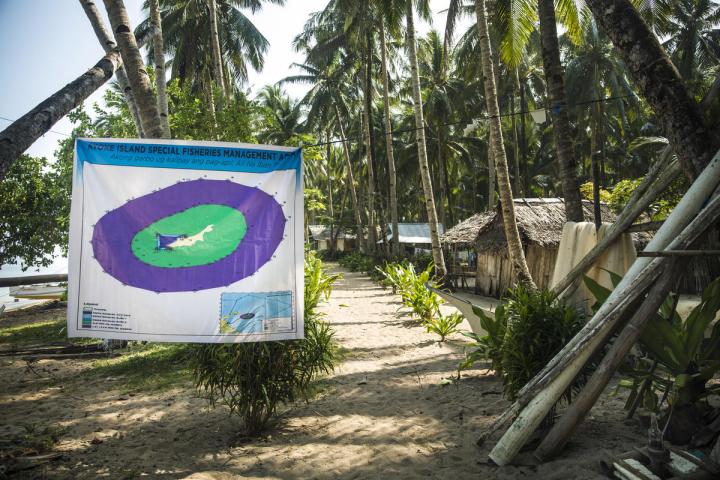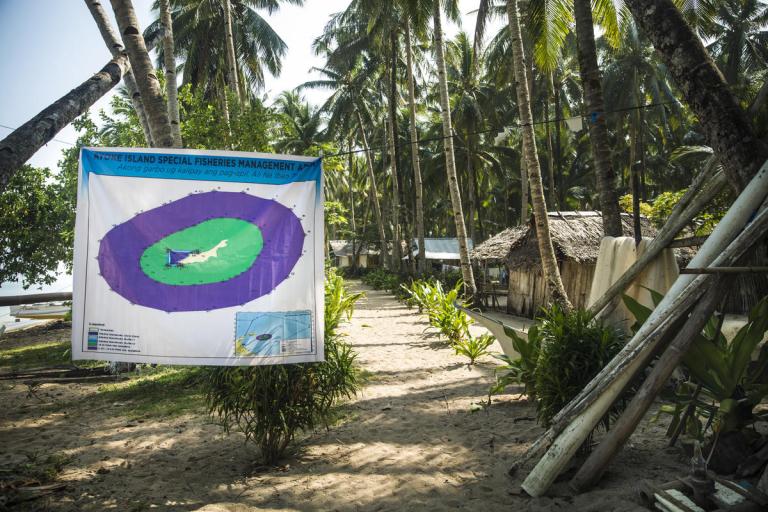

TURF-Reserve Design Tool


Compare the expected performance of proposed TURF-Reserve designs in terms of ecological and economic outcomes


What does it do?
The TURF-Reserve Design Tool was developed to assist spatial design in settings where these elements are not present, by providing an easy-to-use decision support tool for small-scale fisheries contexts. This tool consists of a spatial bioeconomic model that allows managers to analyze the relative performance of TURF-Reserve designs for a specific setting, by assessing the relative ecological and economic outcomes of each design.
How does it work?
“TURFS” or “Territorial Use Rights for Fishing” are a specific area in which a designated group of fishers or individual fishers are permitted to catch fish. With this specific fishing area and right to fish, fishers have the incentive to fish responsibly and for long-term sustainability. In order for TURF-Reserves to be effective, however, they must be designed to meet the unique biological, social, and economic characteristics and goals of a given locality. By improving the TURF-Reserve design process, the TURF-Reserve Design Tool aims to empower fishers to better manage their resources to increase catch, improve marine ecosystem health, and achieve a more secure economic future.
How can it help you?
With this tool, fishery practitioners can:
- Develop TURF-Reserve design options with stakeholders
- Evaluate relative performance of design options

